Undergraduate Enrollment Across Sectors and Carnegie Classifications
In 2019–20, 42.5 percent of undergraduate students were enrolled at public two-year institutions. Over half of Asian (60.1 percent), White (56.0 percent), and international (68.6 percent) undergraduates were enrolled at public or private nonprofit four-year institutions. The largest shares of undergraduates enrolled at public two-year institutions were American Indian or Alaska Native (57.2 percent), Hispanic or Latino (53.3 percent), and Native Hawaiian or other Pacific Islander (46.0 percent). The highest undergraduate enrollment rates at for-profit institutions were among Native Hawaiian or other Pacific Islander (13.7 percent), Black or African American (12.1 percent), and American Indian or Alaska Native (11.3 percent) students.
Across all Carnegie Classifications[1], associate institutions enrolled 40.2 percent of undergraduates from all racial and ethnic backgrounds. For most racial and ethnic groups, enrollment was concentrated at associate institutions. Over four in 10 Hispanic or Latino (50.1 percent), American Indian or Alaska Native (45.4 percent), Native Hawaiian or other Pacific Islander (45.4 percent), and Black or African American (41.7 percent) students attended associate institutions. The exception was international students, among whom only 27.2 percent were enrolled at associate institutions and the largest share (28.6 percent) were enrolled at R1 doctoral institutions.
Report Links
Race and Ethnicity in Higher Education: 2024 Status Report
Chapter Two: Enrollment in Undergraduate Education
Chapter Two Report Download (PDF) 1.5 MB
Chapter Two Data Tables Download (XLSX) 144 KB
Source
U.S. Department of Education, National Postsecondary Student Aid Study, 2020
Data Notes
Data in the first chart reflect undergraduate enrollment at public four-year, private nonprofit four-year, public two-year, and for-profit institutions. Institutions were categorized into sectors based upon control of the institution and the length of the predominant award granted.
Data in the second chart reflect undergraduate enrollment at institutions that were classified by the 2018 Carnegie Basic Classification.
Detail may not sum to totals because of rounding.
[1] This report utilized the 2018 Basic Classification, as that was the most recent classification at the time of data analysis.
! Interpret with caution. Ratio of standard error to estimate is greater than 30 percent but less than 50 percent.
!! Interpret with caution. Ratio of standard error is greater than 50 percent.
‡ Reporting standards not met

